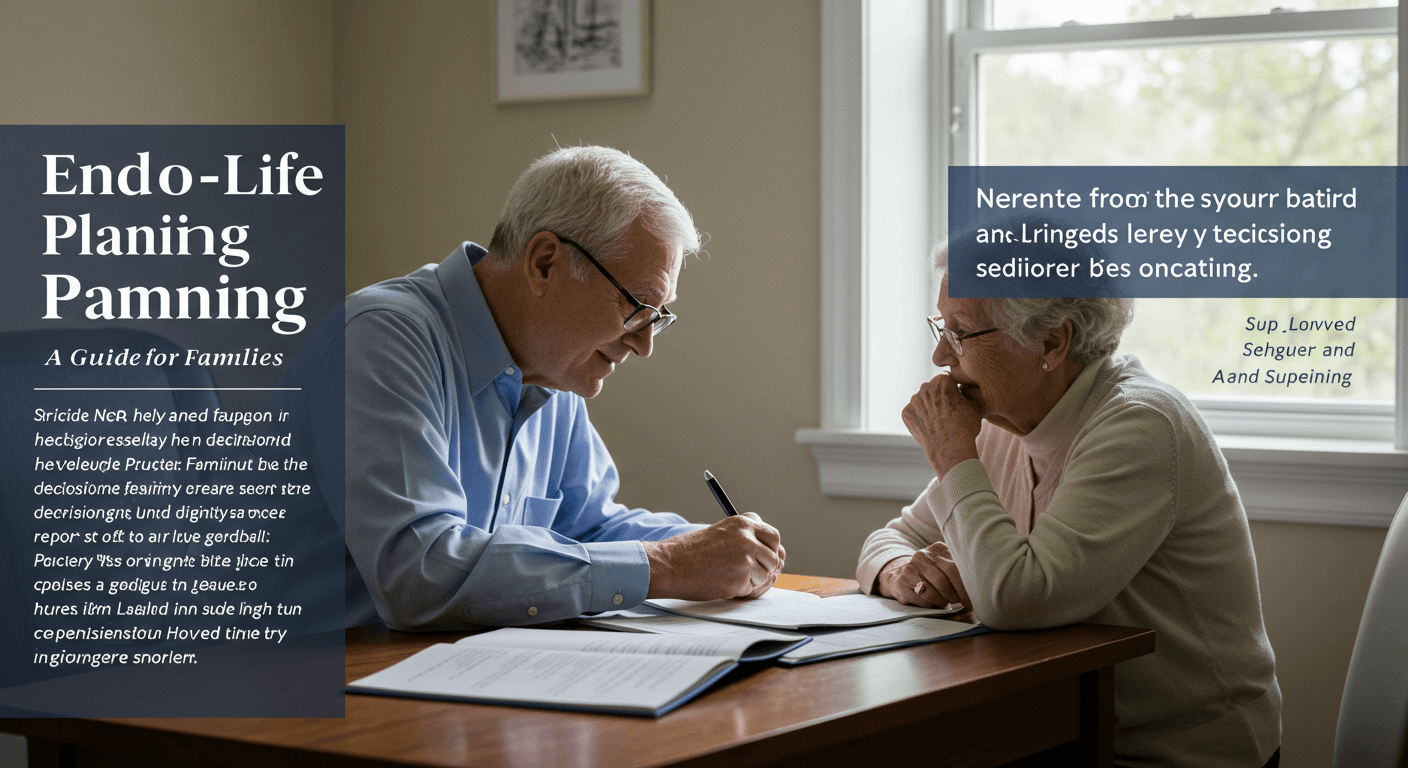Palliative and Hospice Care: What to Know
A guide explaining the differences, benefits, and key considerations for palliative and hospice care to support seniors and caregivers.
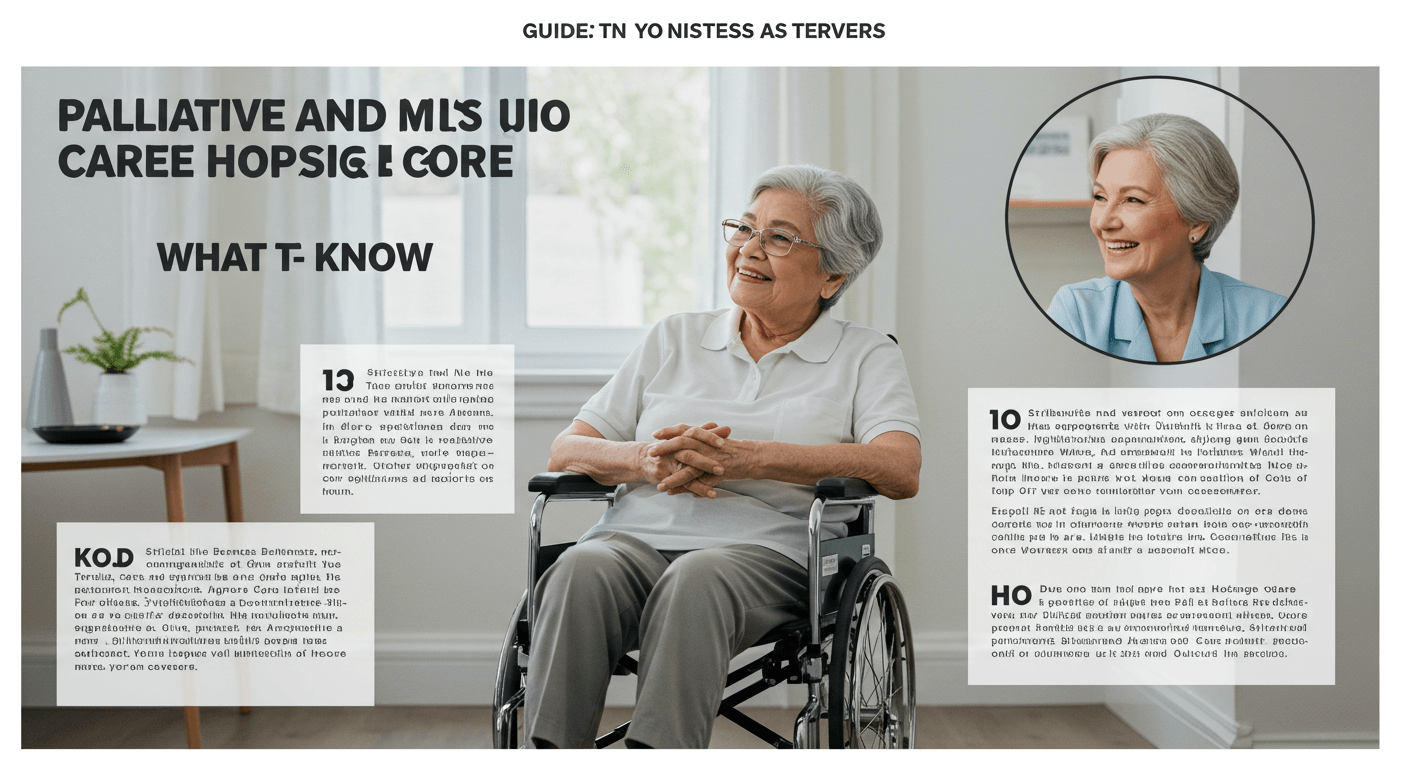
Palliative and hospice care provide comfort and support for seniors with serious illnesses. Understanding these options helps families make informed decisions about care, quality of life, and resources.
1. Understand the Differences
Palliative care focuses on relieving symptoms and stress at any stage of illness, while hospice is for those with a life expectancy of six months or less.
2. Assess Care Needs
Evaluate the senior's medical condition, pain levels, and emotional needs to determine if palliative or hospice care is appropriate.
3. Consult Healthcare Providers
Discuss options with doctors, nurses, or social workers to get professional recommendations and referrals.
4. Explore Care Settings
Care can be provided at home, in assisted living, or in specialized facilities; choose based on comfort and resources.
5. Plan for Costs and Coverage
Review insurance, Medicare, or Medicaid benefits to understand coverage for palliative or hospice services.
The Science Behind Comfort Care
Research shows that palliative and hospice care improve quality of life by managing pain, reducing hospitalizations, and providing psychological support, leading to better outcomes for patients and families.
Emergency guidance
Sudden Health Decline
If a senior experiences rapid worsening of symptoms, contact their healthcare provider immediately or seek emergency care for assessment.
Emotional Crisis
For severe distress or caregiver burnout, reach out to a crisis hotline or mental health professional for urgent support.
Pro tips
- Involve the senior in care decisions to respect their preferences and dignity.
- Utilize community resources like support groups and respite care to reduce caregiver stress.
Common pitfalls
Ignoring early signs of need for palliative or hospice care can lead to uncontrolled symptoms, increased suffering, and missed opportunities for comfort and support.
Recommended reads
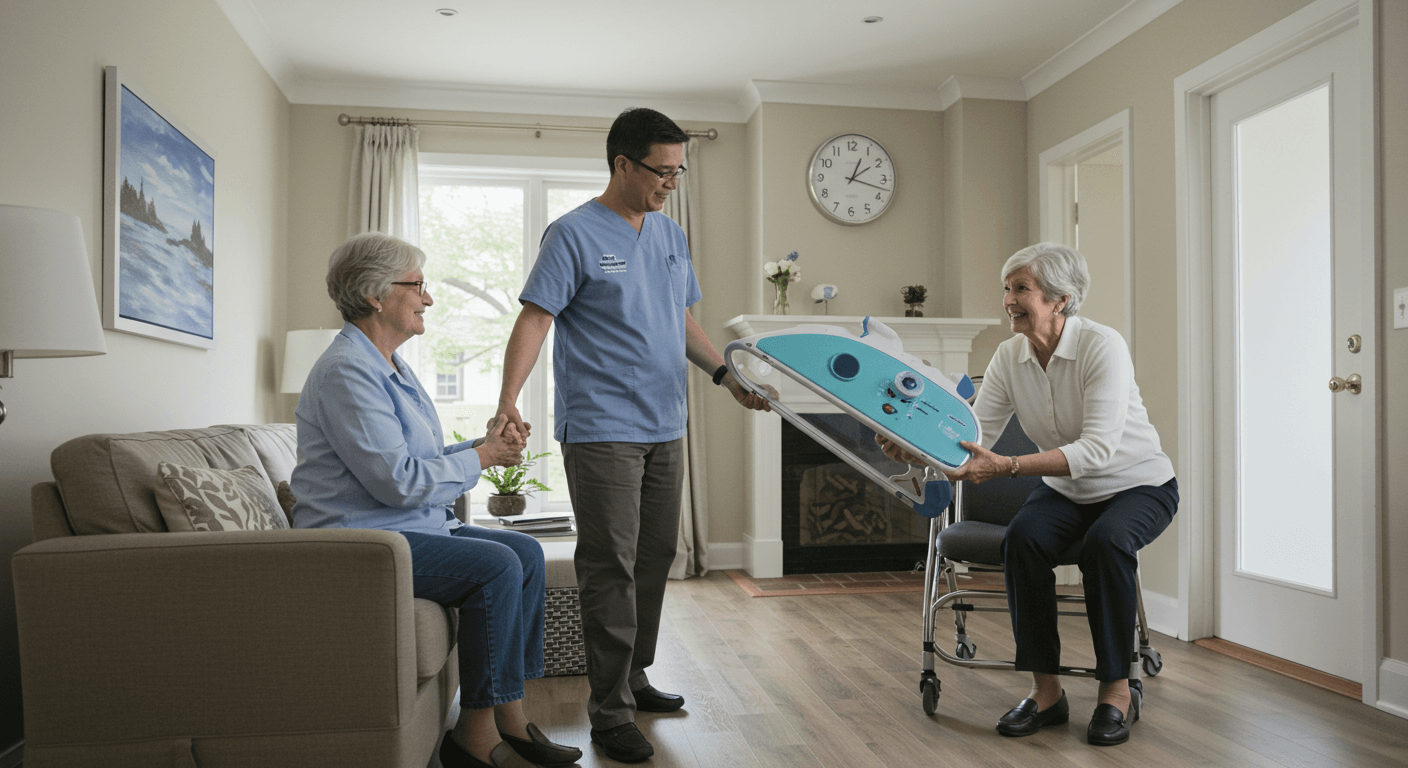
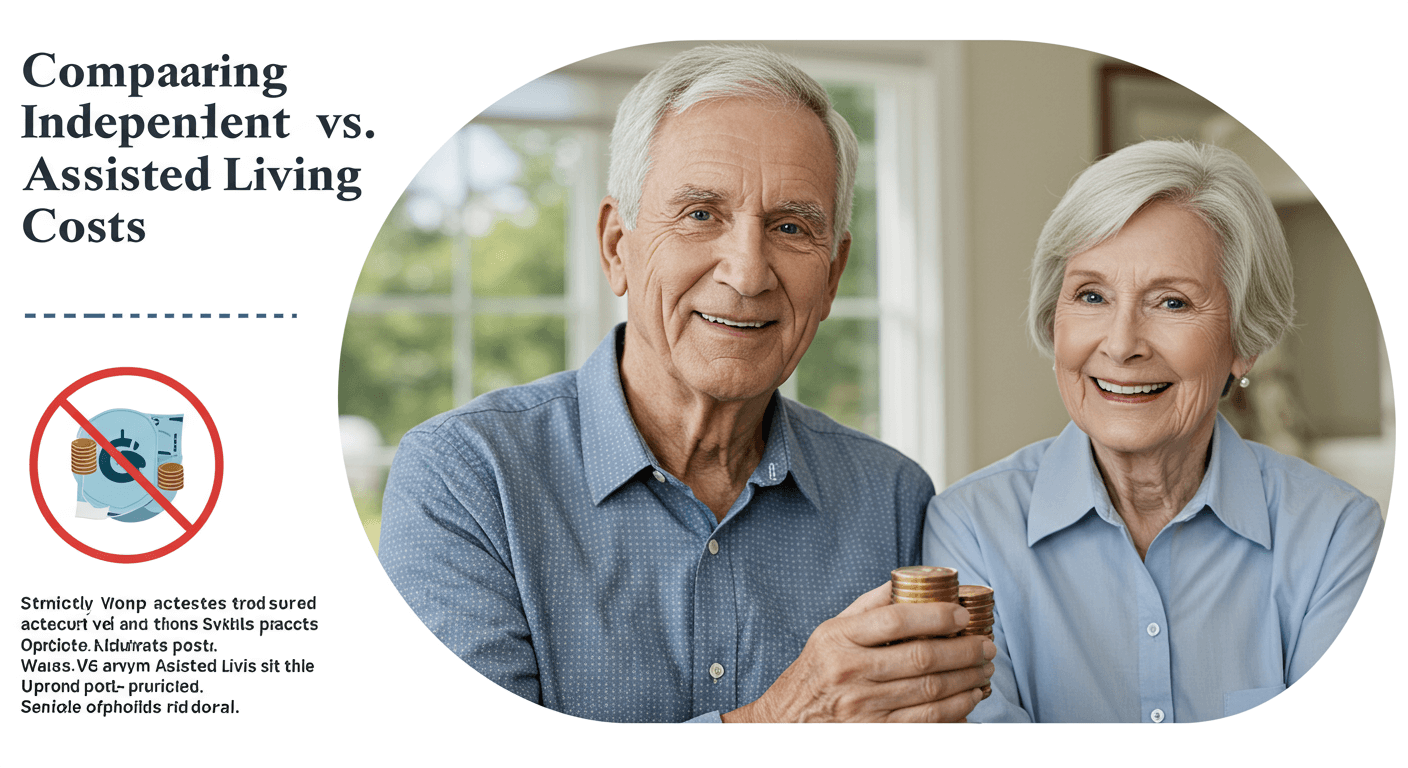
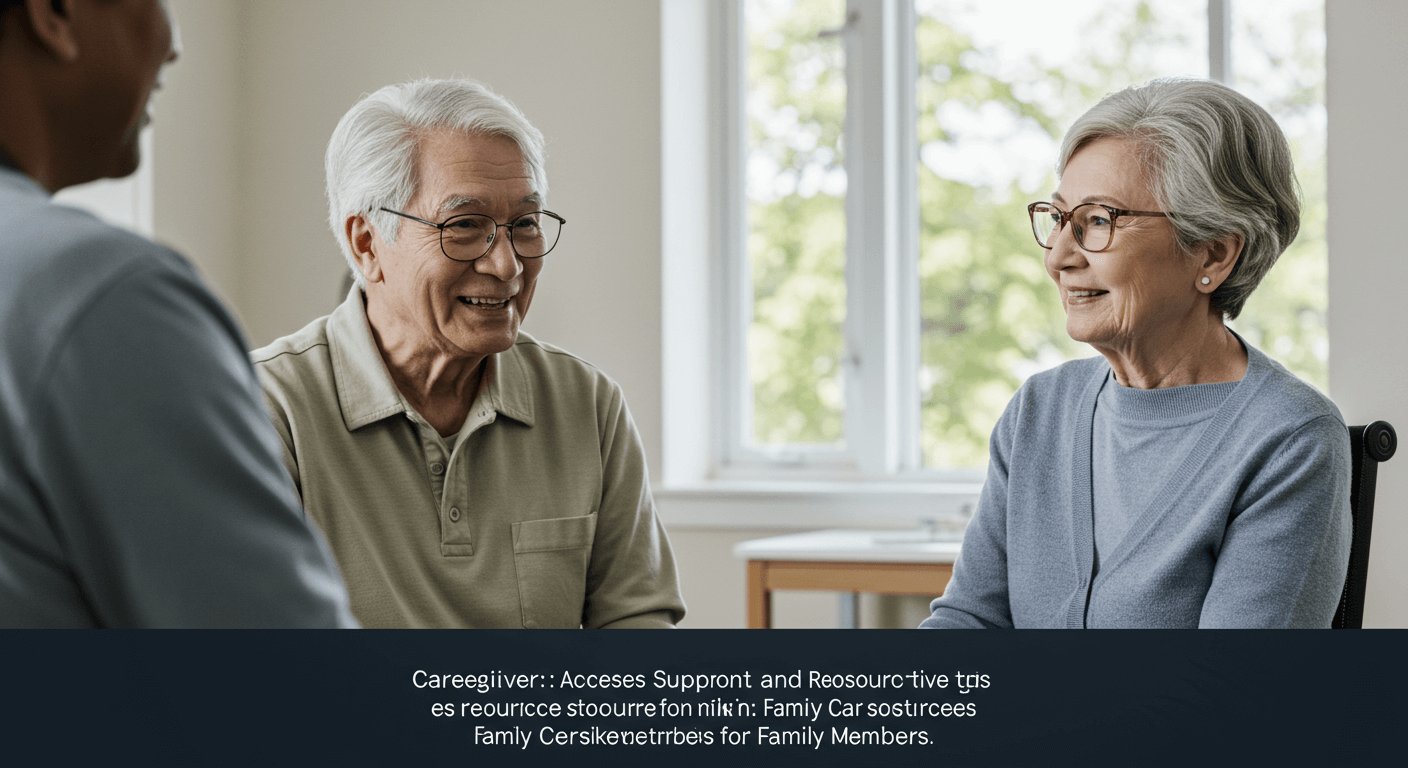
You may also like



